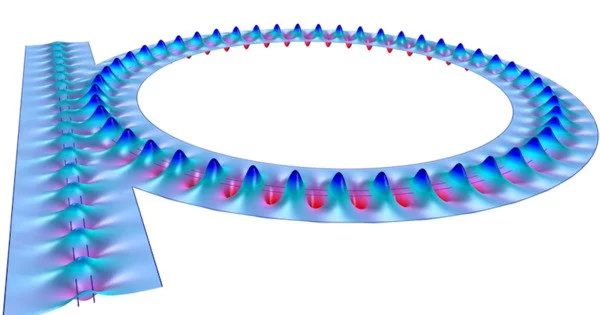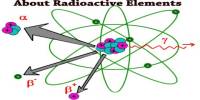An optical ring resonator is a collection of waveguides, at least one of which is a closed loop with light input and output. (These can be, but are not limited to being, waveguides.). It is a small photonic device used in optics and photonics. It is also known as an optical microresonator. It is intended to trap and circulate light within a closed loop or ring, allowing optical signals to be enhanced and manipulated.
Telecommunications, sensors, and optical signal processing all use optical ring resonators. The concepts underlying optical ring resonators are similar to those underlying whispering galleries, with the exception that they use light and adhere to the properties of constructive interference and total internal reflection.
Here are some key features and applications of optical ring resonators:
- Resonance: These work on the principle of optical resonance. Constructive interference occurs when the circumference of the ring is a multiple of the wavelength of the light being employed, and the light is efficiently trapped within the ring.
- Enhanced Light-Matter Interaction: Light can circulate for an extended period of time within the ring, resulting in a strong interaction between light and the material or environment inside the ring. This characteristic is critical for applications such as sensors.
- Wavelength Filtering: These can function as narrowband filters, allowing only specified wavelengths through. They are frequently employed to segregate various data channels in wavelength-division multiplexing (WDM) systems in optical communications.
- Sensing: These are employed as highly sensitive sensors. Changes in the refractive index of the material within the ring (caused by factors such as temperature, pressure, or analyte concentration) can be detected by monitoring the resonant wavelength shift. This makes them useful in various sensing applications, including bio-sensing.
- Nonlinear Optical Effects: In certain conditions, optical ring resonators can exhibit nonlinear optical effects, such as four-wave mixing, which are crucial for various signal processing applications.
- Modulation and Switching: These can be used as optical modulators and switches by altering the resonant conditions. This is important for optical signal processing and switching in photonic networks.
- Compact Size: One of the advantages of optical ring resonators is their small size, which enables integration with other photonic components on a chip.
Optical ring resonators are available in a variety of configurations, including silicon-on-insulator (SOI) rings, microsphere resonators, and silica toroid resonators, each with their own set of benefits and applications. They have made important contributions to the advancement of current optical communication systems as well as the field of integrated photonics.
When light of the resonant wavelength is passed through the loop from the input waveguide, it intensifies due to constructive interference during several round-trips and is output to the output bus waveguide, which serves as a detector waveguide. The optical ring resonator acts as a filter since only a few wavelengths will be at resonance within the loop. Additionally, as implied earlier, two or more ring waveguides can be coupled to each other to form an add/drop optical filter.
















